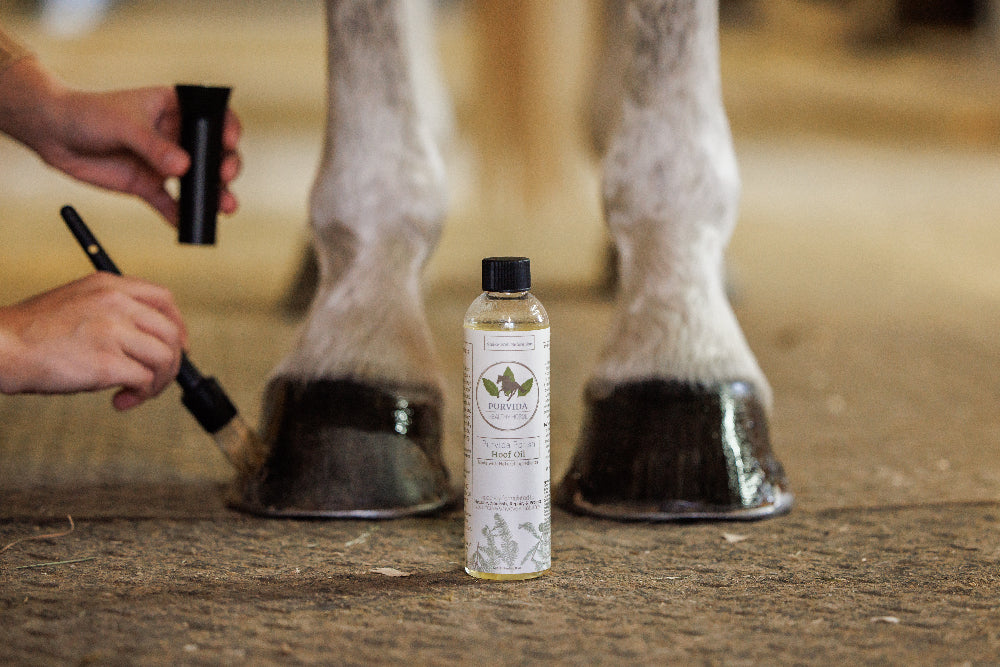Ensuring that your jumping saddle fits properly is essential for both the rider’s comfort and the horse’s well-being. A well-fitted saddle can make a tremendous difference in your overall riding experience, making it crucial to understand the process of how to fit a jumping saddle.
Proper saddle fitting not only prevents issues like back pain or discomfort for the horse but also enhances the riders stability and control. This article is designed to provide you with comprehensive insights and tips on how to achieve the perfect saddle fit.

Why is Proper Saddle Fit Important?
An improperly fitted jumping saddle can cause various problems, such as restricted movement, discomfort, and even injury to your horse. Furthermore, it can affect your balance and riding technique. Ensuring a proper fit is crucial for preventing these issues.

Tools You Will Need for Fitting a Jumping Saddle
- Saddle stand
- Saddle pad
- Measuring tape
- Flexicurve
- Gullet gauge

Step-by-Step Guide on How to Fit a Jumping Saddle
1. Preparing Your Horse
Begin by ensuring that your horse is standing squarely on a flat surface. The horse should be calm and relaxed.
2. Understanding Your Horses Anatomy
Understanding the anatomical features of your horse, including the withers, back, and shoulder blades, is crucial for a proper fit.
3. Placing the Saddle Pad
Start with placing the saddle pad on your horses back. Ensure it lies flat without any wrinkles or folds.
4. Positioning the Saddle
Place the jumping saddle gently on top of the saddle pad. Make sure it sits evenly and is positioned correctly.
5. Checking the Gullet Width
The gullet should have enough clearance for the horses spine. Use a gullet gauge to ensure there is at least 2-3 fingers of space.
6. Ensuring Proper Wither Clearance
The saddle should not rest on the horses withers. There should be at least 2-3 fingers of clearance here as well.
7. Evaluating Saddle Balance
Check if the saddle sits level and doesnt tilt forward or backward. An unbalanced saddle can create pressure points.
8. Examining the Panels
Ensure that the panels contact the horses back evenly without creating any pressure points.
9. Checking Flocking
The flocking should be even and smooth, providing a comfortable cushioning for the horse.
10. Assessing the Fit with a Rider
Have the rider mount the horse to see how the saddle fits when in use. Check for any signs of discomfort in both the horse and the rider.

Troubleshooting Common Saddle Fit Issues
Even with meticulous fitting, issues can arise. Here are some common problems and their solutions:
Pinching at the Withers
This indicates that the gullet is too narrow. Consider using a saddle with a wider gullet.
Saddle Rocking
A saddle that rocks from side to side might have uneven panels. Consult a professional for panel adjustments.
Bridging
When the saddle only makes contact at the front and back, its known as bridging. This can be addressed by adjusting the flocking.
When to Seek Professional Help?
If you are unsure about any aspect of saddle fitting, it is always best to consult a professional saddle fitter. They have the expertise to ensure a perfect fit.
Maintaining Your Jumping Saddle
Regular maintenance of your jumping saddle is crucial for its longevity and performance. Clean it regularly and check for any signs of wear and tear.
Frequently Asked Questions (FAQ)
What are the signs of an improperly fitted saddle?
Signs include your horse displaying discomfort, restricted movement, or the saddle slipping during rides.
How often should I check the fit of my saddle?
It is recommended to check the saddle fit at least once a year or whenever you notice changes in your horses body condition.
Can I adjust the saddle fit myself?
While minor adjustments can be done by the rider, it is best to seek professional help for major adjustments.
Conclusion
Fitting a jumping saddle properly is essential for ensuring the comfort and performance of both the horse and rider. By following the guidelines provided in this article, you can achieve a fitting that enhances your riding experience and maintains the well-being of your horse.
For more information on related topics, you can visit clean a saddle, fit a saddle and measure a saddle.
Additionally, there are some external resources that can be of help, such as this guide on cleaning different items.
As an Amazon Associate, I earn from qualifying purchases.